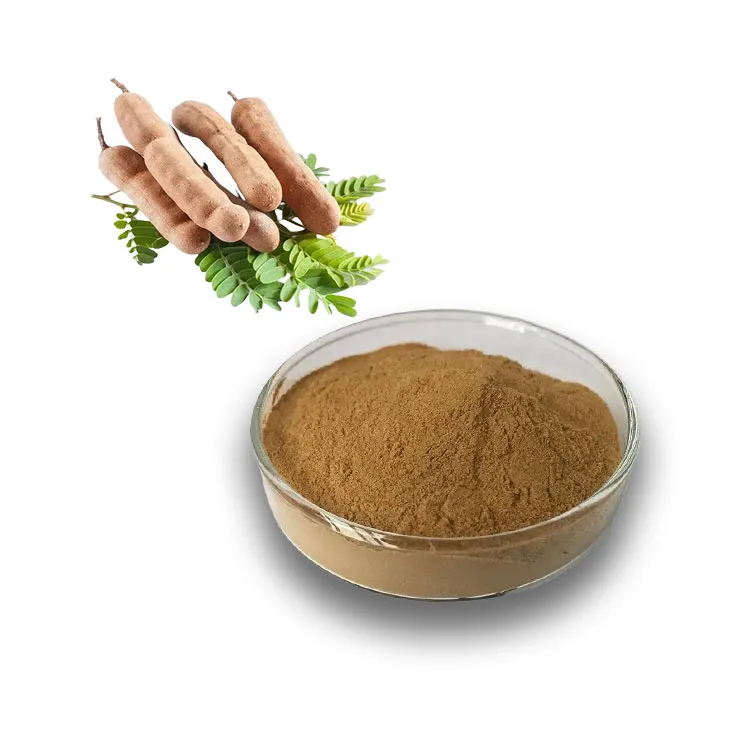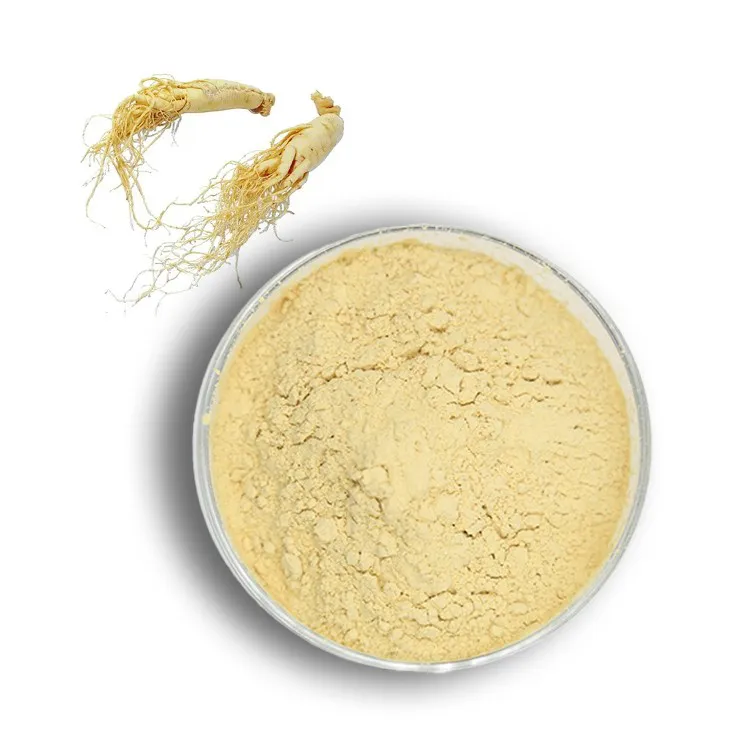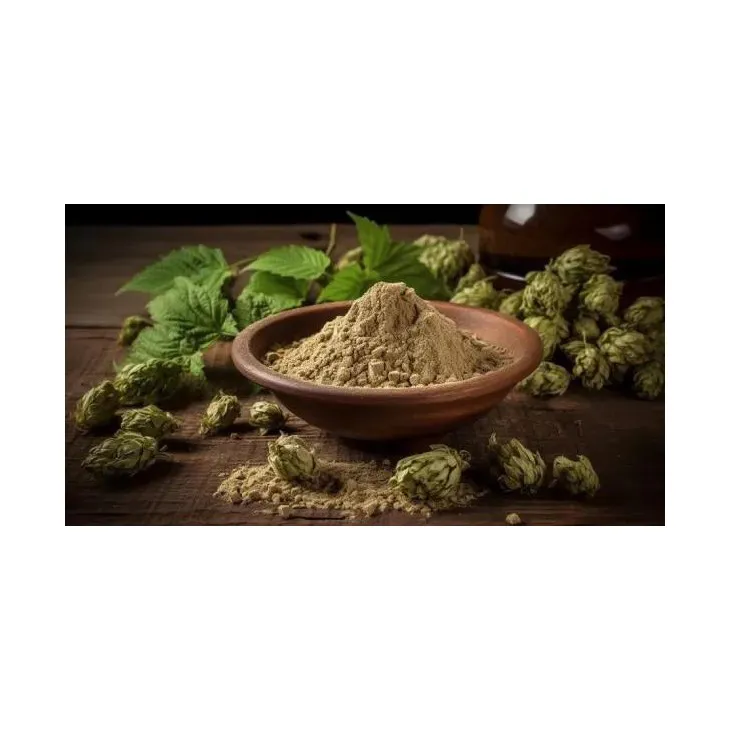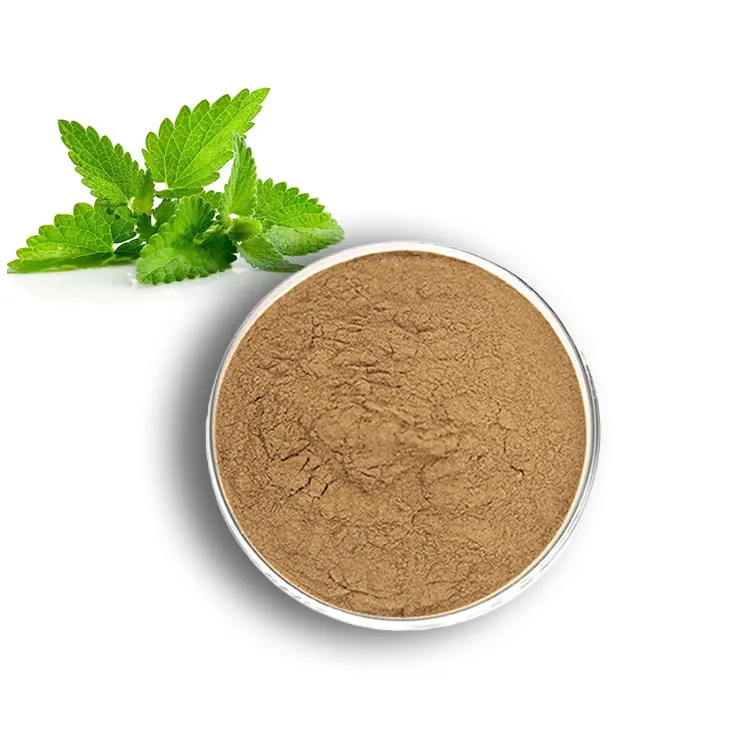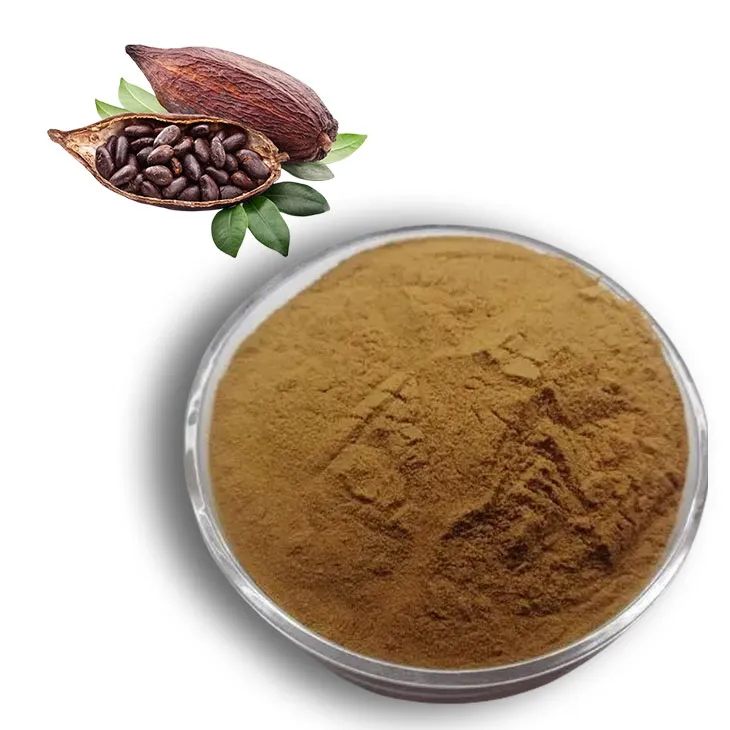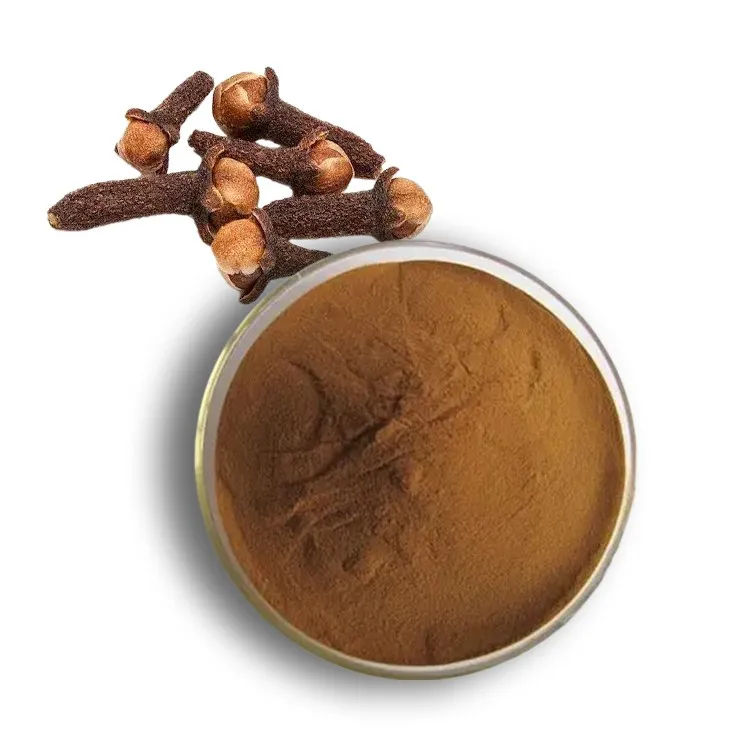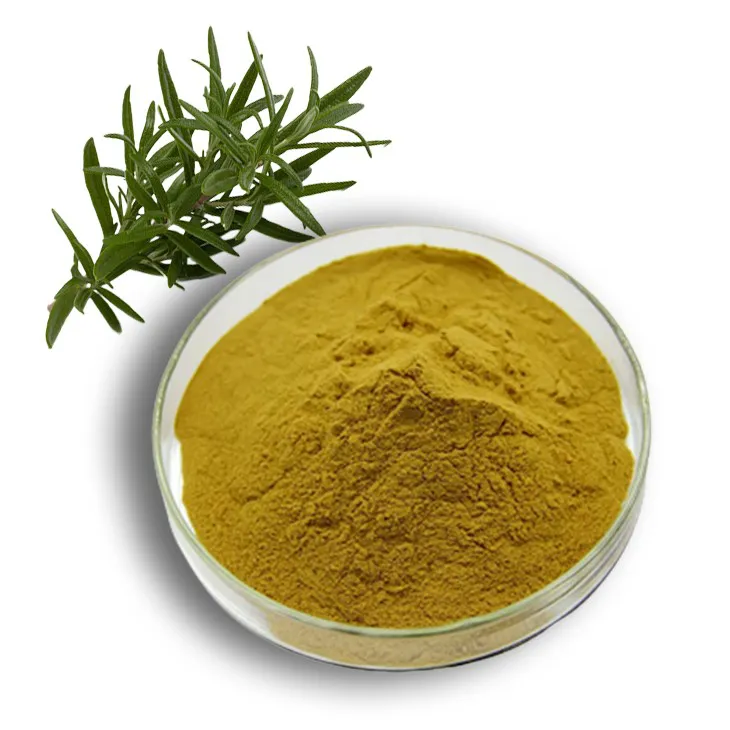- 0086-571-85302990
- sales@greenskybio.com
What is the concentration of an extract?
2025-08-16
Extracts play an essential role in various industries, including food, pharmaceuticals, cosmetics, and herbal medicine. Whether derived from plants, fruits, herbs, or other substances, extracts are valued for their potency, efficiency, and ability to deliver targeted effects. One of the most critical aspects of any extract is its concentration—the measure of the active compounds or ingredients within the extract. Concentration is a key determinant of efficacy, safety, dosing, and product quality.
This article explores what the concentration of an extract is, why it is significant, how it is measured, and its implications for different industries and applications. By understanding these concepts, consumers and professionals alike can make informed decisions about using and incorporating extracts into products or regimens.
What is an Extract?
An extract is a substance prepared by separating specific components from a raw material using solvents, heat, or physical techniques. The purpose of extraction is to isolate beneficial or active compounds while leaving behind less useful or undesirable components. Extracts are widely developed from botanical sources like plants, herbs, or fruits, but they can also be derived from animal products, marine sources, or synthetic materials.
The resulting extract can take various forms, including liquid, powder, paste, or capsules, depending on the raw material and the method used. Extracts are used to concentrate active components to enhance effectiveness, simplify dosing, or create specific formulations for various uses.
What is the Concentration of an Extract?
The concentration of an extract refers to the amount of active compounds present relative to the total volume or weight of the extract. It indicates the potency of the extract and helps determine its efficacy and purpose. The concentration can be expressed in several ways, depending on the extraction method and the active compounds, including:
1. Ratio Concentration (e.g., 10:1)
Ratio concentrations indicate how much raw material was used to produce a given amount of extract. For example, a 10:1 concentration means that 10 parts of raw material were used to obtain 1 part of the extract.
2. Percentage Concentration (e.g., 25%)
Percentage concentrations refer to the percentage of active compounds or ingredients in the extract based on its total weight or volume. For instance, a 25% extract contains 25% active compounds and 75% other constituents.
3. Standardized Extract
Standardized extracts are adjusted to ensure consistent levels of specific active compounds across batches. For example, a standardized herbal extract might guarantee that each dose contains 50 mg of a particular compound, regardless of variations in raw material quality.
Why is Concentration Important?
The concentration of an extract is essential for several reasons:
- Determines Potency: Higher concentrations often mean greater potency, reducing the amount needed to achieve the desired effect. For example, highly concentrated herbal extracts are often more effective and require smaller doses compared to less concentrated versions.
- Supports Accurate Dosing: Knowing the exact concentration allows for precise dosing, which is especially critical in pharmaceuticals and supplements. Standardized and concentrated extracts ensure consistent results and minimize the risk of underdosing or overdosing.
- Improves Product Efficacy: Products with appropriately concentrated extracts are more likely to deliver noticeable outcomes, whether in the form of therapeutic effects, flavor enhancement, or cosmetic benefits.
- Ensures Safety: Extracts with excessively high concentrations can lead to adverse effects if the dose is not adjusted appropriately. Accurate knowledge of concentration is necessary to ensure products are safe for use across different applications.
- Reflects Quality and Purity: Concentration is directly tied to the quality and purity of an extract. Lower-quality extracts may be diluted and therefore deliver less impactful results, while higher-quality extracts tend to have well-defined concentrations of active ingredients.
Methods for Measuring Extract Concentration
Extract concentrations must be accurately measured to ensure consistency and effectiveness. Various methods are used depending on the type of extract and the active ingredients being quantified:
1. Chromatography Techniques
Methods such as High-Performance Liquid Chromatography (HPLC) and Gas Chromatography (GC) are widely used to measure the concentration of active compounds in botanical and pharmaceutical extracts. These techniques separate and analyze the chemical components of the extract to determine their precise quantities.
2. Gravimetric Analysis
Gravimetric analysis determines the concentration by weighing the active components after separation. This method is effective for solid and powdered extracts.
3. UV-Vis Spectroscopy
For certain compounds, UV-Vis spectroscopy is used to measure concentration by analyzing how the extract absorbs light at specific wavelengths. This approach is common for carotenoids, flavonoids, and other compounds with distinct optical properties.
4. Chemical Titration
In cases where the active ingredient can react chemically, titration is used to measure the concentration by adding a reagent until a noticeable change occurs, such as a color change or precipitation.
5. Standardized Testing Protocols
For standardized extracts, manufacturers often use proprietary and predefined testing protocols to ensure that active ingredients meet set specifications.
Applications of Extracts and Their Concentrations
Extracts are widely used across multiple industries, and their concentrations play a pivotal role in product formulation and effectiveness. Common application areas include:
1. Pharmaceuticals
In pharmaceuticals, the concentration of an extract is crucial for therapeutic effectiveness and safety. For example, aloe vera extracts are used in topical creams for wound healing and must be accurately concentrated to deliver active compounds such as allantoin and acemannan.
2. Supplements and Herbal Medicine
Concentrated extracts are extensively used in dietary supplements and herbal formulations. Popular examples include standardized ginseng extracts for energy support, turmeric for anti-inflammatory properties, and Green Tea Extract for antioxidant benefits. Accurate concentration ensures consistent doses and optimal results.
3. Cosmetics and Skincare
Cosmetic products rely on extracts with specifically formulated concentrations to enhance the skin’s appearance and health. For example, Sea buckthorn oil is concentrated for its fatty acids and antioxidants, ensuring its effectiveness in hydration and anti-aging products.
4. Food and Flavoring
In the food industry, extract concentrations are significant for flavor intensity and product consistency. Vanilla and almond extract, for instance, are used in precise concentrations to deliver consistent flavors to baked goods, beverages, and desserts.
5. Industrial Applications
Certain extracts are used in industrial applications, such as dyes, pigments, or essential oils. Concentration ensures the functionality and effectiveness of these extracts in specific processes.
Considerations When Choosing Extracts
When selecting extracts, there are several factors to consider related to their concentration:
- Quality Assurance: Choose extracts with validated concentration levels backed by lab testing or certifications. High-quality extracts often come from reputable brands that guarantee their potency and purity.
- Purpose of Use: The required concentration often depends on the application. For therapeutic purposes, opt for standardized extracts, while for culinary use, flavor intensity can determine the concentration needed.
- Potential Side Effects: Highly concentrated extracts might lead to adverse effects if used improperly. Pay attention to recommended doses to avoid unwanted reactions.
- Price vs. Value: High concentrations often translate to higher prices, but they also deliver stronger results. Evaluate the overall value of the extract within your budget.
Conclusion
The concentration of an extract defines its potency, efficacy, and overall value in various industries and applications. Understanding extract concentration ensures accurate dosing, safety, and consistency, making it a critical factor for both manufacturers and consumers. Whether used in pharmaceuticals, supplements, cosmetics, or food products, concentrated extracts provide targeted benefits that enhance quality and effectiveness. As awareness around extracts grows, product labeling should clearly state concentrations, empowering users to make informed choices about their own health, wellness, and product needs. By prioritizing well-formulated, high-quality extracts, individuals and industries can harness the full potential of these powerful natural compounds.
Green Sky Bio provides the best extracts and supplements. It is a Chinese self-developed brand that is trustworthy! Welcome to email us to inquire about our products.
- ▶ Hesperidin
- ▶ Citrus Bioflavonoids
- ▶ Plant Extract
- ▶ lycopene
- ▶ Diosmin
- ▶ Grape seed extract
- ▶ Sea buckthorn Juice Powder
- ▶ Fruit Juice Powder
- ▶ Hops Extract
- ▶ Artichoke Extract
- ▶ Mushroom extract
- ▶ Astaxanthin
- ▶ Green Tea Extract
- ▶ Curcumin
- ▶ Horse Chestnut Extract
- ▶ Other Product
- ▶ Boswellia Serrata Extract
- ▶ Resveratrol
- ▶ Marigold Extract
- ▶ Grape Leaf Extract
- ▶ New Product
- ▶ Aminolevulinic acid
- ▶ Cranberry Extract
- ▶ Red Yeast Rice
- ▶ Red Wine Extract
-
Tamarind extract powder
2025-08-16
-
Ginseng Root Extract
2025-08-16
-
Green Tea Extract
2025-08-16
-
Uridine-5'-monophosphate Disodium salt
2025-08-16
-
Lemon Balm Extract
2025-08-16
-
Maca Extract
2025-08-16
-
Cocoa Extract
2025-08-16
-
Clove Powder
2025-08-16
-
Pueraria Lobata Extract
2025-08-16
-
Rosemary extract
2025-08-16











